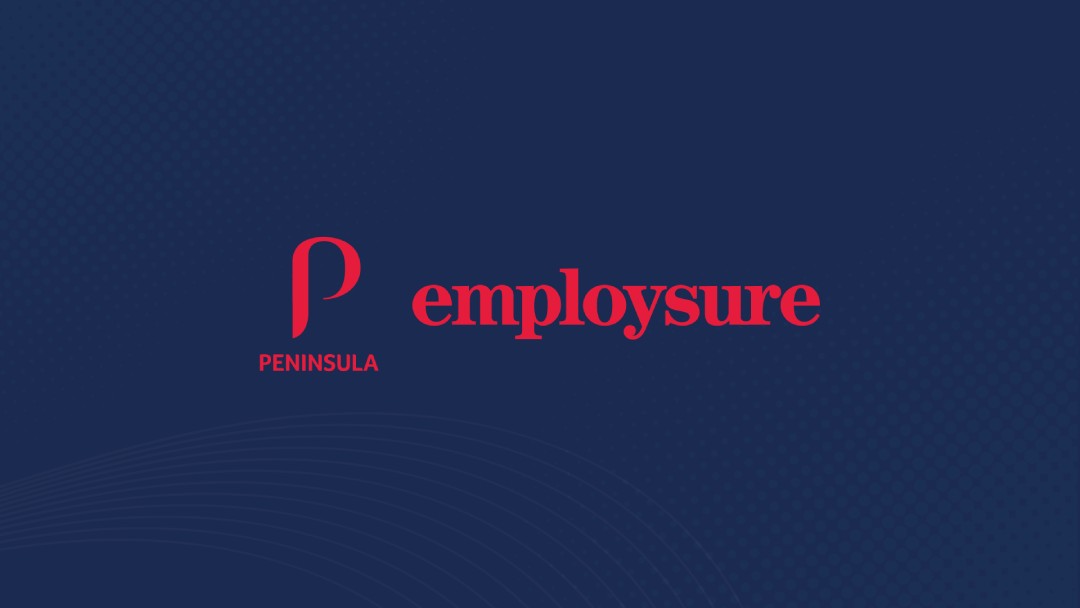
What is Manual Handling in the Workplace?
By definition manual handling is the act of pushing, pulling, or using other bodily force to lift and carry loads.
Many businesses require their workers to perform some kind of manual handling. From retail workers stacking shelves to factory workers assembling products on conveyor belts. Whatever the task, if it is performed poorly, incorrectly, or for too long – it can pose a risk of injury.
The most common types of injury are lower back pains, neck pain, and problems with shoulders and arms – including forearm, elbow, wrist, hand and fingers. These injuries can result from lifting a heavy or unbalanced load only once, or from continually lifting a heavy or unbalanced load. Sometimes these injuries lead to permanent disability and expensive compensation claims.
You can reduce disruption to your business by reviewing the tasks your employees do manually and working out how to best avoid injuries.
Examples of Manual Handling
Regardless of what industry you are involved in, many businesses require their workers to do manual handling tasks that are potentially harmful. Even remaining stationary for long periods of time can result in short or long-term injury.
Some examples of manual handling tasks include:
Pushing and pulling trolleys
Operating machinery
Packing boxes
Lifting heavy equipment or objects
Leaning over to scan grocery items or wash dishes
Get Workplace Advice Now
Call Our Team of Advisers Who Will Help You with Your Workplace Questions.
Types of Manual Handling Injuries
Understanding the type of manual handling required in the workplace, and the effect it has on the human body can go a long way to preventing injury.
Musculoskeletal disorders (MSD) are the most common type of injury and disease that occurs due to manual handling. These are injuries which affect the musculoskeletal system (i.e. bones of the skeleton, ligaments, joints and cartilage) and restrict movement of the human body.
Depending on the activity that leads to the injury, MSD can occur in the form of:
Sprains, strains and direct blows to muscles, ligaments and tendons
Back injuries that include damage to the muscles, spinal discs, nerves, joints and bones.
Injuries to joints and bones, along with injuries to the shoulder, neck, arms, elbows, legs, knees, wrist, hip, hands and feet.
Soft tissue injuries (e.g. hernias)
Chronic pain that lasts for three months or longer
Acute pain that lasts for less than three months
Muscular and vascular disorders as a result of hand or arm vibration
Manual Handling Code of Practice
Employers have a duty to reduce manual handling wherever possible or lower the risks of manual handling as much as possible.
To help you comply with Work Health and Safety guidelines and reduce the risk of injury, Employsure has created an e-guide for business owners to help protect their employees and their business. You can access it here.
Steps to Reduce Manual Handling Injuries – Training and Risk Assessment
Teaching your employees how to correctly perform manual tasks is an effective way to prevent injuries and avoid expensive claims.
There are many private training organisations that offer face-to-face training at your chosen location and convenient online courses to suit your needs. By professionally training your workers on proper manual handling techniques, they will learn how to:
Identify the risks and hazards of manual handling
Be familiar with workplace safety requirements and obligations
Correctly use mechanical aids
Adopt the correct lifting techniques
Handle different manual handling scenarios related to their role or position
In some cases, you may not need formal training to identify and manage a risk. Introducing mechanical aids or making small changes to work processes or procedures can go a long way to minimising risks.
The weight of the load is critical but also important is the frequency of lifting, posture while lifting, the surrounding environment and the employee’s physical fitness. When you assess any manual handling, always consider the task, individual, load, and environment.
You should also have manual handling posters around the workplace to inform employees on how to perform certain tasks correctly. And make sure your employees always follow the operating instructions and limitations set by the manufacturer of any products or equipment they are handling.

FREE Work Health & Safety Guide Download
Get on top of the safety obligations in your workplace now!
Compensation Claims
Employees who become sick or injured due to work are, in most circumstances, entitled to compensation.
Employers have an obligation to help sick and injured employees gain access to the advice, guidance, and financial support they need to recover and, where possible, return to work safely.
Compensation claim payouts are given to employees in one of three ways:
Directly from the insurer to the employee
From the insurer through to you
Through an approved workers compensation regulator
Each state and territory has its own regulations when it comes to workers compensation. Therefore, how and where you go to submit a workers compensation claim, and the amount of money the employee can expect to receive, will depend on the relevant state and territory.
Employsure can advise you on best practice in manual handling. For peace of mind, please call our 24-hour helpline on 1300 651 415 to learn how we can support your business.
BrightHR helping you manage your people and business
Contact us to find out how BrightHR people management software can help you manage and store your essential employee records and documents.



